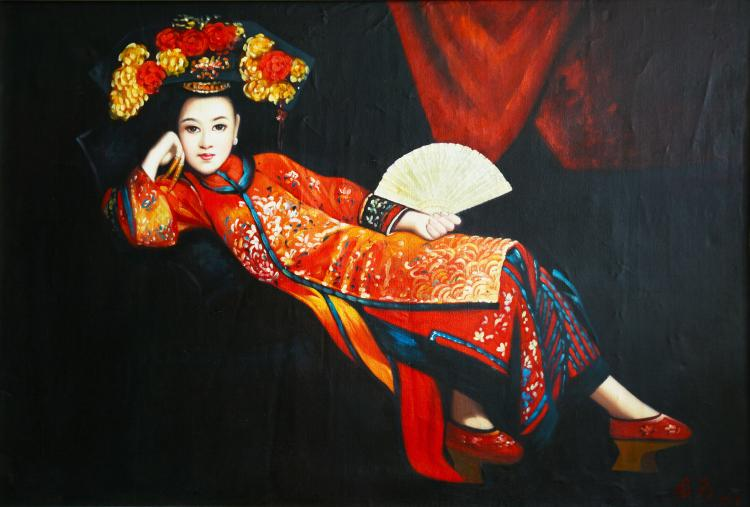With the popularity of Chinese period dramas, the setting of the Forbidden Palace teeming with colourfully-clad ladies is an image that endures. These palace ladies are most likely Imperial Consorts, or royal concubines. An Imperial Consort a woman who ranks second in the imperial harem of China (after the Empress) during a system that spanned from 1457 to 1915. An imperial harem is called hou gong (後宮), or Chamber of Imperial Concubines.
This title and system was also adopted in the Empire of Korea (including the Three Kingdoms, Unified Silla, Goryeo and Joseon Dynasty periods).
To selection process is very, very strict, and most of the candidates don’t make it.
The selection
A record in 1621 (Tianqi Era) found that 5,000 girls (aged 9-16) were conscripted and sent to Forbidden City for the role of Imperial Consort. Here’s how the process went:
Day 1: They sort the girls by age and physical examination. This is where 1,000 are eliminated for being too short/tall or skinny/fat, and sent home. Only 4,000 girls remain.
Day 2: They evaluate the girls on voice and general manner, where 2,000 are eliminated, and 2,000 remain.
Day 3: There’s an intense examination of hands and feet, which judges the girls by their grace in motion. Half get eliminated, with 1,000 remaining.
Day 4: They eliminate 700 girls after the dreaded gynecological examination (virgins only). Only 300 remain and officially take up residence in the Forbidden City.
Day 5-35: During this time, the girls are evaluated on general intelligence, merit, temperament, and moral character. There’s a further examination of specific knowledge, like mathematics, literature, art, etc. From this process, only a mere 50 girls remain, and receive a cohort ranking.
The top 3 Imperial Consorts are given the rank of Imperial Concubines (嬪), while the rest are given the ranks of Female Attendant, 1st Class (常在) or 2nd Class (答應).
The life of a concubine
All Imperial Consorts had to be morally outstanding, kindhearted, respectful, nurturing, and graceful. They also had skills in the arts, like poetry, music, dance, chess, literature, instruments, and calligraphy. The Emperor always surrounded himself with concubines, each with a specific ranking and role.
Though the Emperor had sole right of sexual access to any and all women of the Inner Court, many of them spent their entire lives in the palace without any contact with the emperor. The vast majority of consorts lived the rest of their lives either alone as spinsters within the palace, or else took up with a eunuch in middle age.
Concubines had their own rooms and would fill their days applying make-up, practising various arts, and socialising with other concubines.
An Imperial Consort cannot leave the Forbidden City, not even in death. When they die, their remains would be cremated and buried in unmarked graves to prevent “rumours or legends” from arising about they who had access to the sovereign.
While it may seem like a glamorous position, many families didn’t willingly submit their daughters to the court. Each administrative unit of household was expected to meet quotas when the call went out, after which many families would quickly marry off their daughters (including 9-16yr olds) to save them from possible palace life.

But it’s not all doom: for the family of a chosen girl, there were significant potential benefits. Her father stood to receive promotion, up the ranks of the officialdom; even if he’s a peasant, he could rise to be a ranking officer within the capital police/guard corps.
However, if their daughter was not only accepted into the palace, but attracted the emperor’s attention and bore him a child, her family could climb very high. One example is of a concubine who bore the Wanli Emperor a son. She was made Noble Consort (貴妃), and her father made an officer in the Ming Secret Police (錦衣衞) and commanded over 1,000 households.
Source: The History of China Podcast











